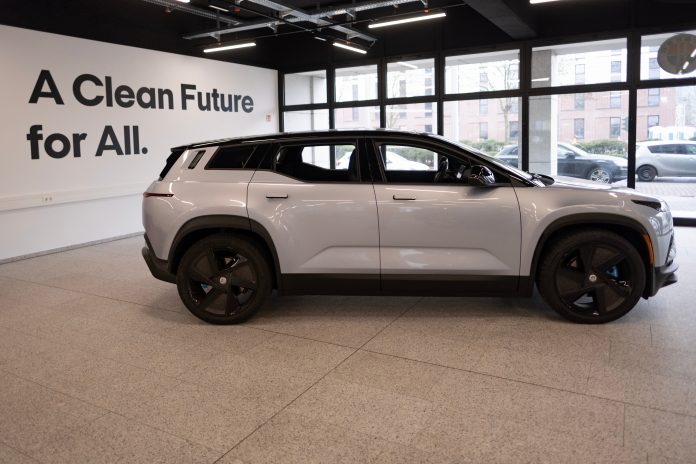On April 23, Fisker, an electric vehicle (EV) startup, released a regulatory filing notifying that it may go bankrupt within 30 days unless it secures relief from creditors and sufficient funds to meet its current debt obligations.
It is important to note that Fisker failed to make an $8.4 million interest payment on notes due in 2026 during a 30-day grace period.
Negotiations for potential investment from a major automaker collapsed last month, creating an uncertain future for the startup. Consequently, Fisker is exploring alternative financing strategies, such as capital market transactions and restructuring efforts, both within and outside the court.
Additionally, the startup plans to downsize its workforce further and streamline operations, which will reduce its physical presence.
For instance, in March, Fisker lowered the price of its 2023 Ocean SUV models to boost sales and revenue. However, the company continues to struggle with intense competition and consumer hesitancy to make large purchases due to rising borrowing costs and economic uncertainty.
To manage its financial difficulties after missing an interest payment, Fisker appointed Michael Healy as its Chief Restructuring Officer, with a proven track record. Additionally, the startup established a ‘transaction committee’ within its board of directors to work closely with the restructuring officer on financial matters as part of its forbearance agreement with creditors.
Fisker has committed to providing due diligence responses and other investor information requests. It has also agreed to share a 13-week budget and cash flow forecast for itself and its subsidiaries in an acceptable format to the investor, ensuring transparency in its financial operations.
The filing also noted that the outstanding principal amount of the notes, excluding interest, late fees, and other charges, totals just over $180 million. The forbearance agreement with the investor and automaker is set to expire.




